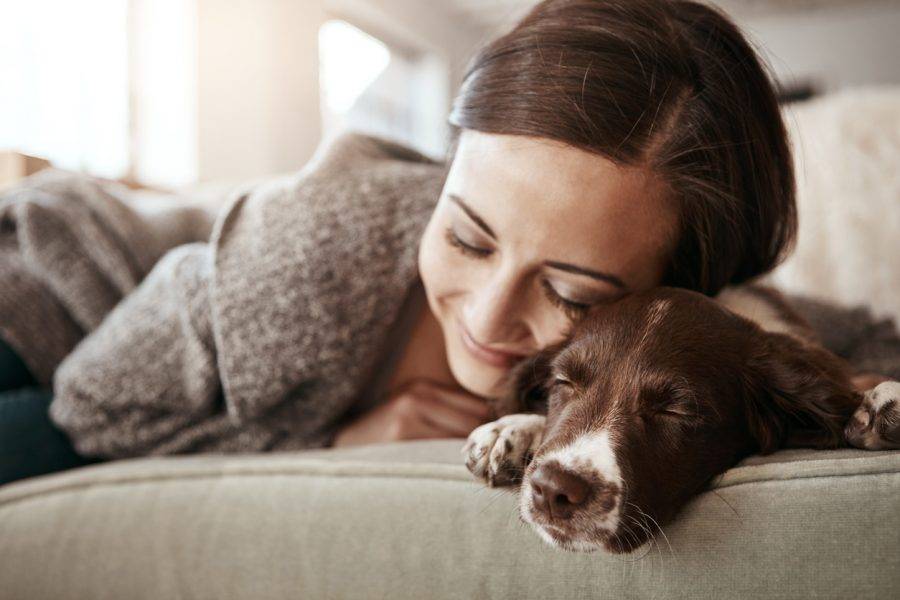May is national pet month. To help celebrate we will be sharing some important tips on approaching and handling dogs to help avoid any harmful situations. Let’s start with some of the basics:
- Do not to approach dogs that are not their own, even if the dog is on leash with its handler.
- Never stare at a dog in the eyes or put their faces up to a dog’s face.
- Never go near a dog who is eating or drinking or chewing on something.
- Never approach a dog that is tied up or in a vehicle.
- Never climb over a fence into a dog’s yard, even if the dog is usually friendly.
Parents should supervise all interactions between children and dogs. A child should not be left alone with a dog unless that child has demonstrated competent dog handling skills, has a knowledge of canine communication and dog and child share a long established relationship based on mutual understanding, love and respect.
Can you spot an aggressive dog?
Here are some great tips to help prevent aggressive dog behavior in your hosuehold
Even if a dog is genetically inclined to be aggressive (rare), a good training program and socialization can almost always mange or resolve the behavior. There’s no surefire way to prevent aggression, but there are basic steps you can take to greatly decrease the chances your dog will develop a problem:
- Socialize your puppy. Arrange supervised play dates with other pups and encourage interaction with well-mannered adult dogs who can teach your puppy how to behave.
- Neuter or spay your dog as early as possible. This will greatly reduce hormone-driven aggression.
- Always treat your dog with kindness and respect, using positive reinforcement to train. Physical correction, intimidation, and isolation only encourage aggression by adding to a dog’s anxiety.
Dog-dog aggression is treatable but nearly always requires the help of a trained professional (and lifelong vigilance). Doing everything you can to prevent it in the first place is a much better option.
How to Behave Around Dogs
Remind children that dogs have exceptional hearing, and that they should speak very softly to them. A squeal of joy from a little one could make a dog feel confused or frightened. Inside voices and gentle, soothing tones will help the dog feel at ease, and help keep your child in a calm mindset.
Be aware of signals that a dog has had enough child’s play for one day. Nervous dogs may pace, flatten their ears, tuck their tails, retreat, nervously flick their tongues, bear their teeth or growl. At the first indication that a dog is under duress, end the interaction immediately.
If you or a loved one is suffering from a dog bite, contact Jacobson, Schrinsky & Houck today at: 414-223-4444 or online at: www.jsh-law.com/contact-us
Personal Injury Attorneys – Jacobson, Schrinsky & Houck – Experience – Compassion – Results




